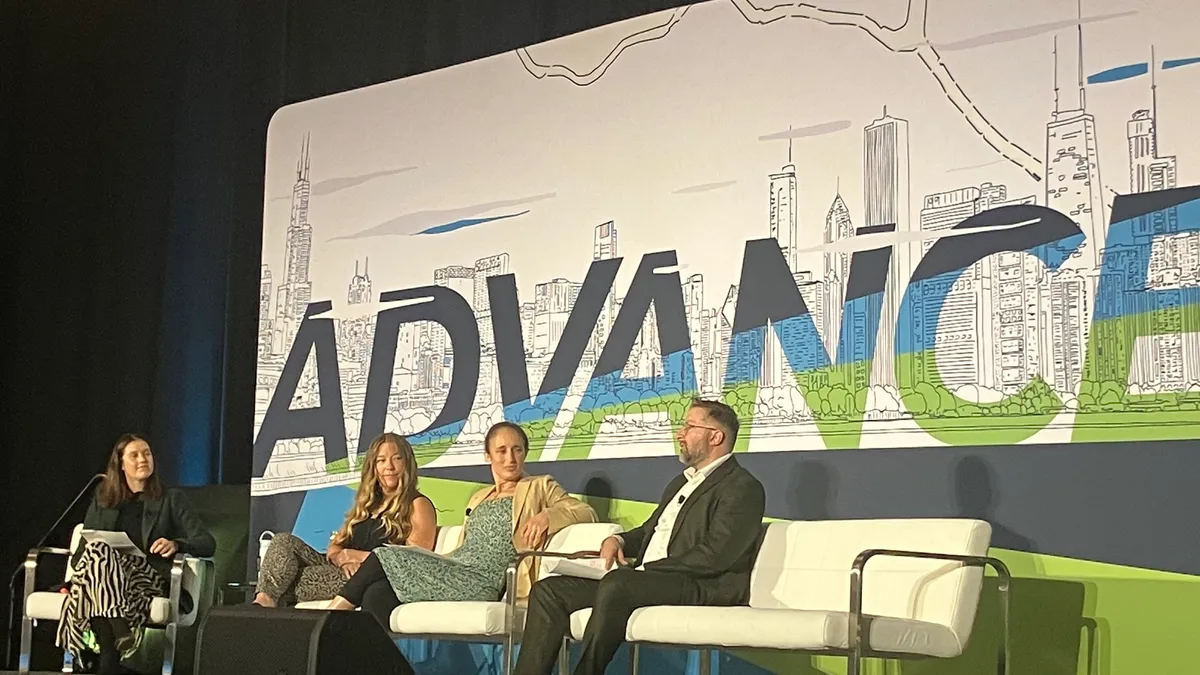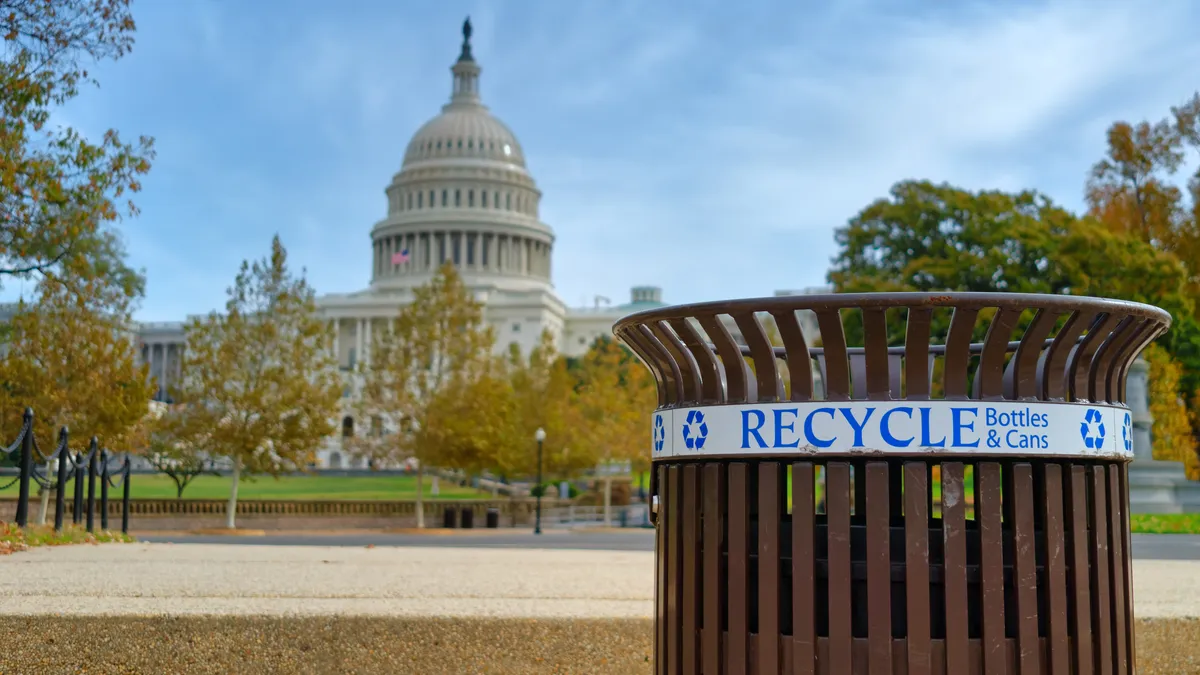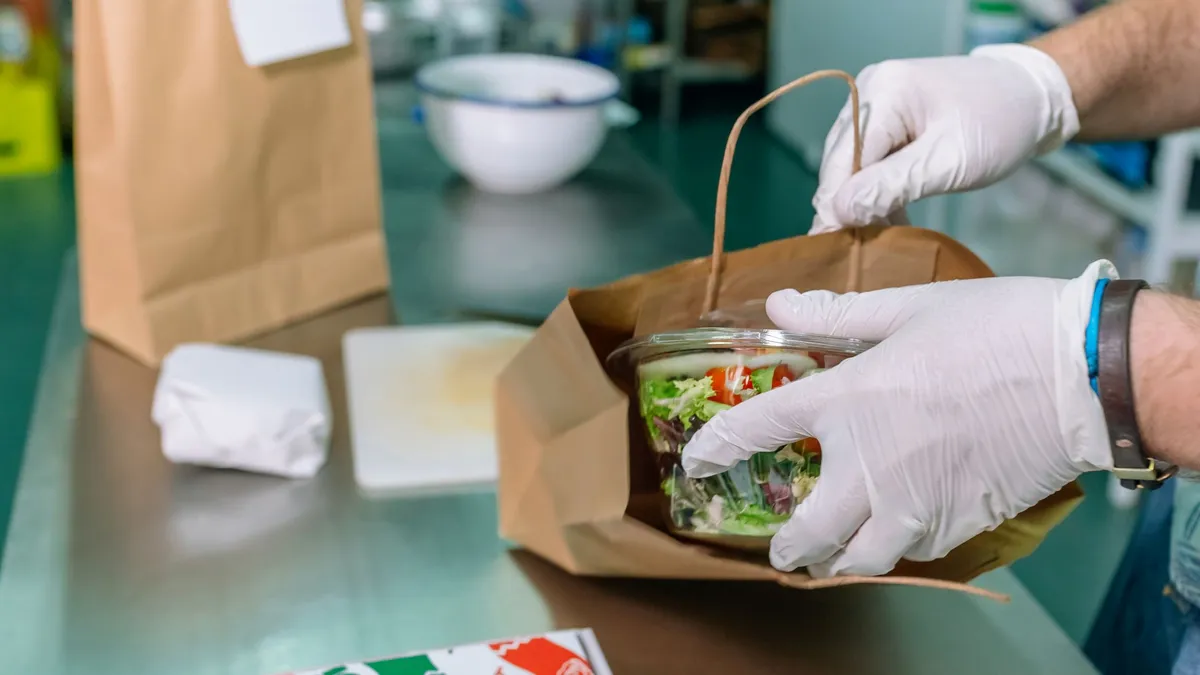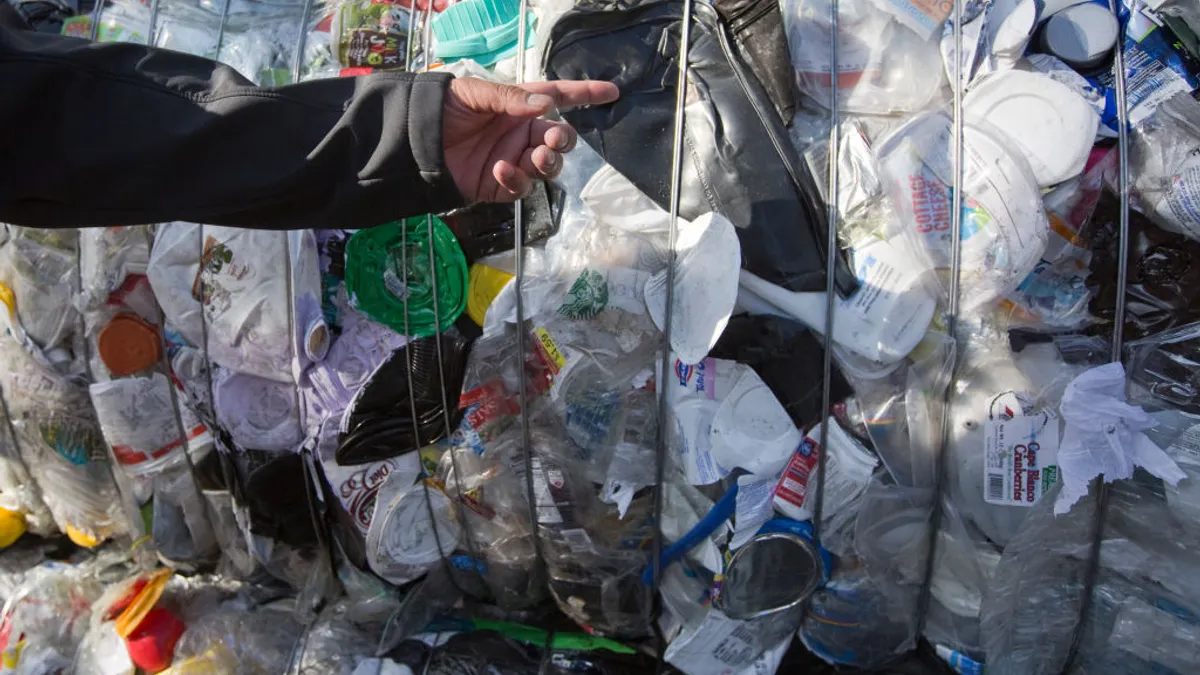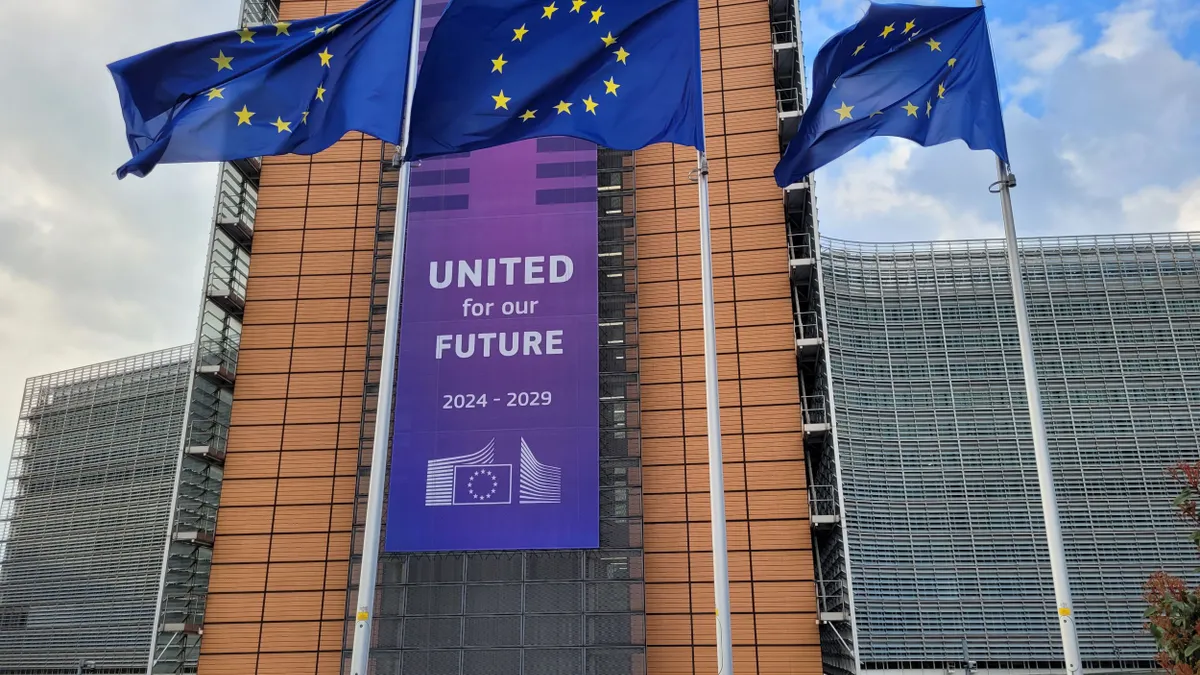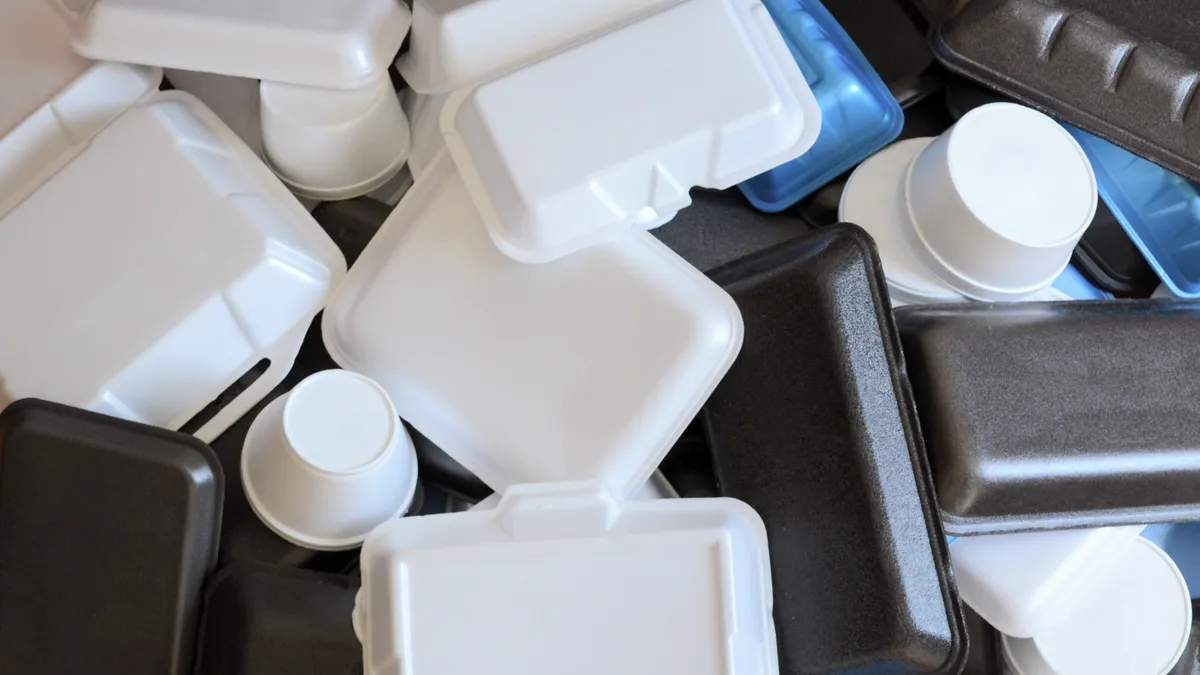As brands prepare to pay into extended producer responsibility for packaging systems across multiple U.S. states, program managers and regulators are reminding companies what can happen if they don’t comply.
Circular Action Alliance, the appointed producer responsibility organization in California, Colorado and Oregon, says it wants to inform, educate and support producers in the process toward EPR implementation.
As of Wednesday, following Colorado’s Oct. 1 registration deadline, CAA confirmed it had 1,520 producers registered in Colorado and 1,742 across all states. CAA did not estimate what percentage of obligated producers these totals might represent.
“We will continue to use a variety of strategies to identify potential producers, educate them on their obligations, and get them registered with CAA to ensure compliance. Registration also gives producers access to forthcoming guidance that will support data reporting, which begins in Oregon next year in preparation for program launch on July 1,” said Olivia Barker, who serves as stakeholder engagement and communications director for the PRO, in an email.
State approaches
EPR leads from Colorado and Oregon detailed their thoughts on future enforcement, should it be necessary, during a panel discussion at SPC Advance in Chicago on Tuesday.
Colorado’s law, which has a full-responsibility EPR model, puts the onus on a PRO to work with producers to bring them into compliance, explained Darla Arians, EPR lead for the Department of Public Health & Environment’s materials management unit. If there’s a non-compliant producer, CAA would be required to report that to the department. There could be penalties for first, second and subsequent violations, and there could be a provision that the state could inspect producer records.
“So any data related to sales or supply chain that would help us determine compliance with the law, we have access and the authority to inspect those records, as well as any records related to environmental claims, and so things such as PCR content or source reduction, we can also pull those records,” she said.
Oregon’s law follows a joint-responsibility model in which the cost of collection remains with rate payers. This system has “some of the same tools,” said Nicole Portley, program plan lead for the Recycling Modernization Act at the Oregon Department of Environmental Quality. Compliance responsibilities also lie with the PRO. Oregon will use information from CAA to inform enforcement decisions.
Oregon regulators also have statutory authority to pull products off shelves “if you are egregiously not complying,” Portley said. Rulemaking, which is slated to be completed by late November, includes violations and fees — with a potential maximum penalty amount of $25,000 per day.
The whole process of enforcement hinges on producers registering with a PRO. Defining free riders is tied to the definition of “producer,” noted Philippe Cantin, vice president of producer responsibility at Éco Entreprises Québec, which has been in business for 20 years.
CAA said it’s confident that the market is responding as expected.
“The uptick in producer registrations in recent weeks proves that compliance deadlines are effective drivers of producer registration. We will continue to leverage business databases, marketing opportunities, trade and business association engagement and other outreach strategies,” Barker said.
Circular Action Alliance CEO pulls back the curtain
It wasn’t all that long ago that Jeff Fielkow, the newly appointed CEO of Circular Action Alliance, worked in the packaging industry and heard discussions about desires to stop EPR, he said in an on-stage discussion Tuesday with GreenBlue Executive Director Paul Nowak.
“Look at what has happened in such a short period of time,” Fielkow said.
Still, Nowak said some Sustainable Packaging Coalition members continue to express fear when it comes to what’s next with EPR.
Fielkow tried to assuage some of that apprehension by sharing more details about the growing PRO’s operations. He said CAA operates like an inquisitive startup while leaning on partnerships with subject-matter experts and groups such as SPC.
“We want to make sure we get it right. And I can safely say it's never going to be a straight line from point A to point B. It's a squiggly path. Not everything we do is going to be perfect, but as long as we recognize how to course correct quickly, that's all we can ask for,” Fielkow said.
In the absence of a federal EPR system, Fielkow said CAA is trying to provide a harmonized experience for producers where possible. This includes offering a single portal for data reporting across states that have different compliance requirements.
Fielkow said CAA is also trying to simplify the process of calculating fees. “Understand the total cost of the system, divided by the total tons that are in the state, that is the cost to distribute,” he said.
“We use a principle method for fee allocation, and then we apply that principle based on the data we received by the producers, to try to make it as equal as we can and as transparent as we can and as fair as we can,” Fielkow said. “So there is a method to the madness” based on easy-to-understand, transparent principles.



